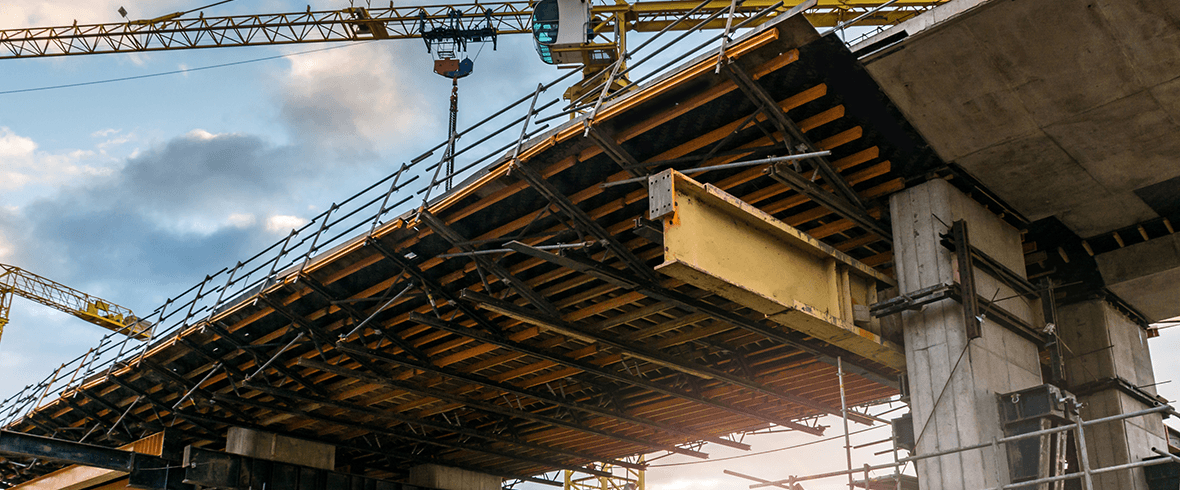
Why Does Road Construction Take So Long?
People rely on roads every day, whether for work, errands, or travel. According to the Federal Highway Administration (FHWA), the average person drives about 13,476 miles each year. With so much time spent on the road, many wonder why road construction takes so long. The answer is that everything from planning and safety to equipment and weather adds time. Here are the main causes of road construction delays and steps you can take to reduce them.
The Planning Phase
Planning road projects can take months or even years. Securing funding, designing plans and clearing red tape add to the timeline. Federal law defines a major project as any highway or transit job costing $500 million or more. These projects face extra oversight, which can stretch planning even further.

Money and Priorities
Funding often decides how quickly a project begins. High-priority projects with lower costs are more likely to be approved quickly, while lower-priority projects with high costs may take years. Projects funded at the federal level usually take longer than state or locally funded projects.
Bureaucracy and Red Tape
Before work starts, projects must pass multiple reviews. These can include:
- Environmental impact studies: The Environmental Protection Agency (EPA) reviews how roadwork could affect habitats or wildlife.
- Quality of life: Projects must show they won’t harm communities, including at-risk groups like children or seniors.
- Federal funding plans: The FHWA requires detailed budgets, risk plans and role definitions for approval.
- Transportation research: The Federal Motor Carrier Safety Administration (FMCSA) reviews the broader effects of large-scale projects.

Changes in Scope
Scope creep, or when a project’s scope expands beyond the original plan, is a leading cause of delays. The Project Management Institute (PMI) found that more than 30% of projects worldwide experience scope creep. When the scope changes, every part of the plan — including cost and schedules — must be updated.
Budget Miscalculations
If money runs out, work stops until more funding is available. Budgets should account for hard costs (materials, labor, equipment) and soft costs (fees, insurance, overhead). Adding a contingency fund helps cover surprises and avoid long breaks.
Unrealistic Timelines
Some road projects take over a decade to finish simply because of their size. The FHWA advises factoring in right-of-way, procurement, contingencies, season and third-party involvement when setting schedules.
Design Issues
Traditional two-dimensional drawings may miss key details like slopes or soil conditions. Modern tools such as aerial drones and orthomosaic maps provide more accurate site views and reduce surprises.

Project Execution
Even with planning, many challenges arise once construction begins.
Earthwork and Site Preparation
Road building often requires moving soil to create a stable base. Workers must compact soil in layers and test density with the Proctor test. This slow process ensures the road won’t settle unevenly later.
Workplace Safety and Labor Laws
Worker safety inspections slow timelines but are essential. The CDC notes that highway work zones see an average of 124 fatal work injuries per year. Labor laws like overtime rules also affect schedules — it’s often cheaper to spread work across longer periods than to pay for overtime.
OSHA requires written safety plans for most businesses with more than 10 employees. Following these rules keeps projects compliant but adds time.

Problems With Equipment
Old or poorly maintained machines can cause costly breakdowns. When equipment fails, crews may face long periods of downtime. Routine inspections and maintenance records help prevent surprises, but even with preparation, failures can occur.
In emergencies, rental equipment is an effective way to stay productive. Nearby dealers can quickly provide machines to fill gaps.

Poor Organization
Large projects often involve multiple contractors. Without clear schedules and communication, one delay creates a chain reaction. Project managers should use user-friendly scheduling tools and hold regular check-ins to keep everyone aligned.
Inclement Weather
Bad weather slows or stops work, especially in rainy or winter seasons. Crews must clean up damage after storms before continuing, which adds to delays. Creating emergency plans and running drills prepares teams to respond faster. The PMI recommends agile approaches to help projects adapt.
Physical Obstacles
Road projects often cross rivers, railroads and steep terrain. Each obstacle adds time to design and build safely. For example, using excavators on steep slopes requires extra care to avoid accidents.

What Can Cause a Road Project to Fail?
The PMI reports that about 12% of construction projects fail each year. Projects fail when they lack the right people, flexible budgets, or realistic timelines.
To reduce risks, project managers should:
- Document milestones and progress
- Communicate across all levels
- Forecast resources carefully
- Watch for warning signs early
- Assign clear roles so crews know their responsibilities
Stay on Track With The Cat® Rental Store
Delays are a constant risk in road construction, but the right equipment and planning can reduce their impact. The Cat® Rental Store offers a full lineup of machines and attachments designed for roadwork. Explore our equipment or find a dealer to get started.

Fill Project Gaps With Rental Equipment From The Cat® Rental Store
Downtime due to equipment breakdowns is one of the many factors that can stretch road construction projects beyond their deadlines. When your heavy equipment goes down, The Cat® Rental Store is here to help.
We know you need your equipment to work as hard as you do. Our rental equipment is built to stand up to the toughest job sites and work environments, and our dealers test and maintain their rental fleets to meet stringent industry standards. You'll get the latest in productivity and safety tech so you can get back on track.
Browse available rental equipment online, or find a location near you. Our knowledgeable dealers can help you find the equipment you need so you can get back to work fast.
Find The Cat Rental Store Near You